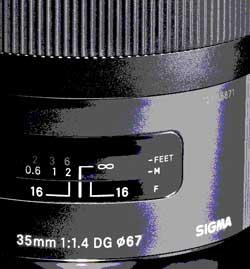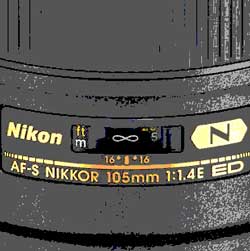On the face of things photo retailers in the Oceania region (Australia, NZ and the Islands) might be inclined to reach for the nearest knife, ready to slit their wrists. DSLR shipments to the region are down 33 percent, mirrorless down 13 percent and compacts down a staggering 48 percent in the calendar year to June. (See Procounter, August 11 for a local snapshot.)

But…For the first time in years there is actually more demand for cameras than supply!
Drastic times call for new approaches to maintaining business. Photo retailers that I have talked to recently, specialist and CE-alike, are telling me if they had the extra cameras they could sell them. The supply problems are likely to start abating soon, and almost certainly in time for the Christmas trade. Retailers will know more in a month’s time, after meetings at Photokina with major suppliers.
So, for the next three months or so, your photo retail business has to re-focus. Lenses are a great place to start. There are more than 1 million Interchangeable lens cameras in Australian ownership. However, in recent years lens ratios have fallen considerably. (That’s the ratio of lenses sold per interchangeable lens camera.) In the late 2000’s 2.2 lenses per camera were sold, according to GfK Informark data. That’s gone down to around 0.9 lenses per camera today. Shipment data from Japan’s CIPA organisation suggests a similar drop.

In large part that’s because of all-in-one wide-range zoom lens encroachment on the previous turf owned by prime lenses and short zooms. Many first-time buyers only purchased short-zoom kit lens, while involved amateurs are buying upgrade bodies but already have the lenses they need. Or they think they do.
For now the task is to find those existing camera owners, get them into your store and be sure to show them the remarkable new generation of high performance prime lenses. Sigma has their exceptional Art series lenses. These are premium fixed focal lengths, also widely used by pros. Tamron also now has SP Prime lenses, including the new 85mm f/1.8 VC portrait lens. Sigma offers f/1.4 super fast lenses; Tamron stabilised (VC) f/1.8 lenses. Both have their merits.
Canon has the amazing super-wide 11-24 ultra wide zoom. Yes, it’s over $3000. But it does remarkable and unique things for a full frame EOS camera body in the right hands. Nikon just announced a new 105mm f/1.4 portrait lens – the world’s fastest such offering, creating new existing-light portraiture opportunities. Panasonic has a 7-14mm super-wide ultra compact lens, suitable for both Panasonic and Olympus Micro 4/3 cameras. People have to see these lenses, and the results of what they can achieve, if they are to be persuaded to become an owner of one.

Whichever brand you push, lens choice and quality from all makers has never been better. There are lenses on your shelves that will do great things for cameras already out there. And for something different, introduce people to unusual offerings like Samyang’s 8mm fisheye not only for the Canon, Nikon and Sony’s of this world, but Fujifilm X-series. Adobe Photoshop Camera Raw can also convert this fisheye image into a linear format. Speaking for myself, I purchased one. The results are exceptional for such an affordable offering.
Another thought. It’s now Spring. Shooting flowers and nature with Tamron’s SP 90mm Macro has drawn high levels of interest on my Facebook page from many people only used to shooting with their smartphone. Such people don’t know what’s possible with these special interest lenses. They have to be engaged, either online or in store, or both.
All of this is best promoted through classes in your store or a local community hall. Showing people the results, and connecting both your store and your customers with a local camera club – all are strong pathways to increased revenue and the joy of a customer who discovers new photo expression.
In the days before social media and the Internet this was a tried and trusted way of growing business, and the hobby of photography. With the added social interaction on Facebook or Instagram, learning is promoted, the audience is infinitely wider and your business can enjoy some very happy and contented new lens owners.
– John Swainston, 2016 (© Copyright )





Be First to Comment